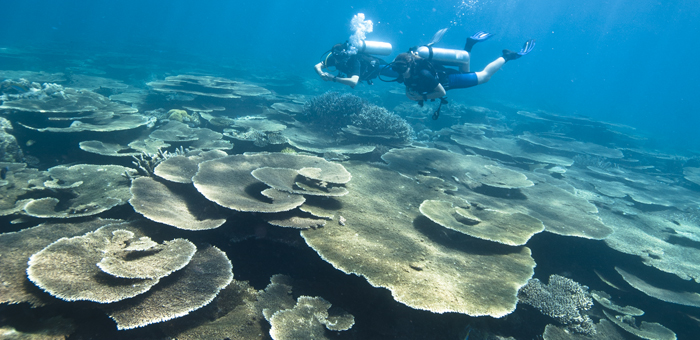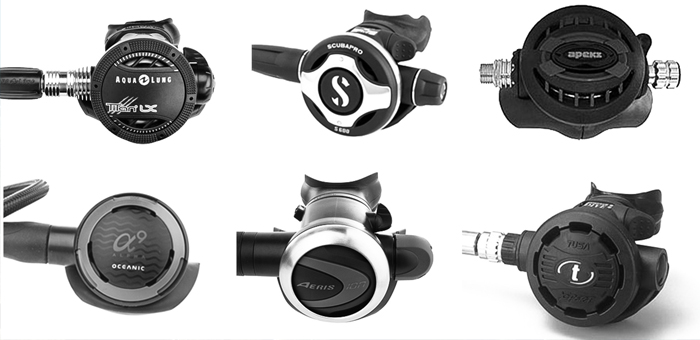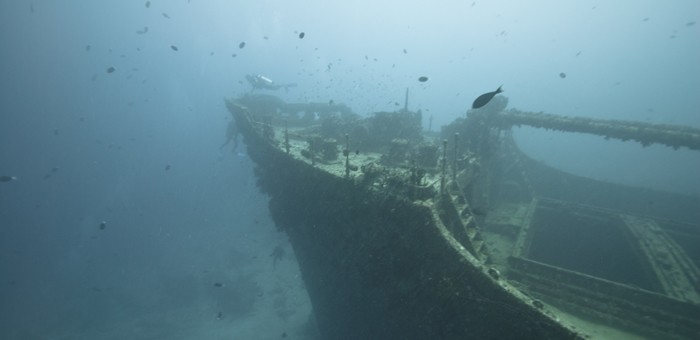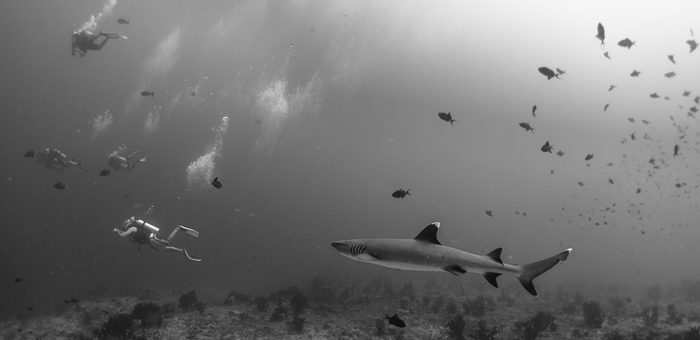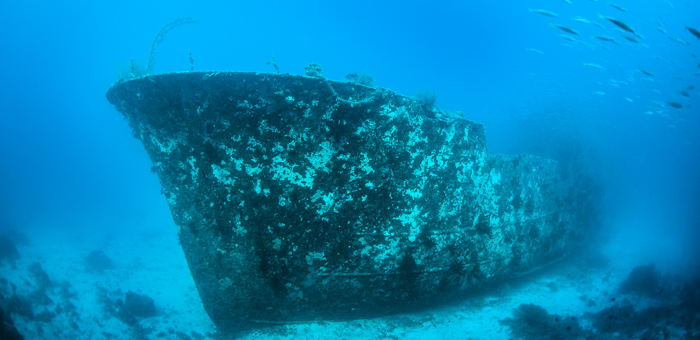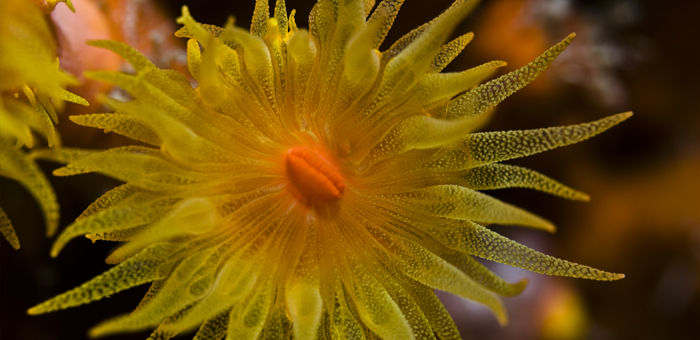Emergency First Response training focuses on building confidence in lay rescuers and increasing their willingness to respond when faced with a medical emergency. Course participants learn simple to follow steps for emergency care and practice applying skills in a nonstressful learning environment. All courses are supported by self-study manuals, videos and quick reference cards to enhance learning and allow you start learning right away. EFR courses meet the CPR and first aid training requirements for the PADI Rescue Diver course and all professional-level ratings. Most PADI Instructors are also Emergency First Response Instructors. The following EFR courses are based on internationally recognized medical guidelines for emergency care.
What will you learn?
Primary Care (CPR) – This course teaches you the steps and techniques for handling life-threatening emergencies. You’ll practice eight skills for aiding patients who aren’t breathing, have no heartbeat, may have a spinal injury, may be in shock or who may have serious bleeding. You’ll learn to how to perform CPR and continue to monitor the patient, so that you provide every possible chance of survival while waiting for emergency medical services to arrive. Secondary Care (First Aid) – Because many medical conditions are not life-threatening and emergency medical services are sometimes delayed or unavailable, this course teaches you how to provide first aid that eases pain and reduces the risk of further harm. You’ll learn to assess a variety of injuries and illnesses and practice bandaging and splinting. Care for Children – This course allows participants to learn, practice and apply emergency care skills specific to helping infants and children with medical emergencies. It’s designed for those who work with children or are likely to have to respond to emergencies involving youngsters. This course is often integrated with Primary Care (CPR) and Secondary Care (First Aid) courses. CPR & AED – This course focuses on CPR training and teaching participants how to use an AED (automated external defibrillator). When workplace or governmental requirements specify this training, the CPR & AED course meets the need. This course is often integrated into First Aid at Work programs. First Aid at Work – In some areas, such as Great Britain, Australia and Canada, governmental regulations call for enhanced CPR and first aid training for the workplace. First Aid at Work programs designed for these areas include additional topics and skills to meet requirements while following the easy to learn EFR approach to training. EFR Refresher – It’s a good idea to refresh your CPR and first aid skills every 24 months, and that’s what the EFR Refresher course is designed to do. Focusing on key skills, the course allows you to stay up-to-date and ready to lend aid when needed.
















